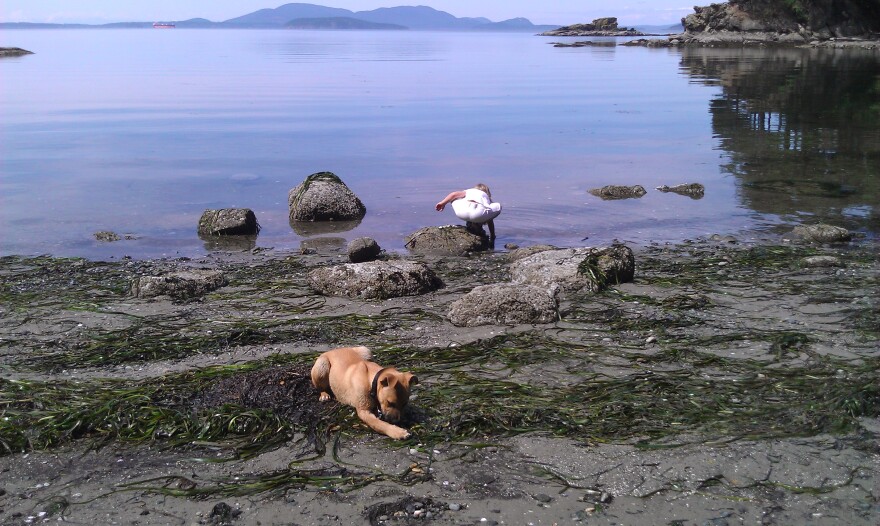Thinking of heading for the beach this weekend? You’re mostly safe.
A California non-profit has just issued its 3rd annual end-of-summer report card on water quality, including beaches in Washington and Oregon. It shows almost all As and Bs in the northwest…but also 3 “F” grades.
The non-profit Heal the Bay uses data from water samples that are collected every week by the state department of Ecology.
Overall, Washington did great this year, with 96% of its beaches getting excellent grades, an improvement of 7% over last year.
But there were failing grades for 3 beaches in Whatcom, Island and Snohomish counties, where there are high levels of bacteria. You’ll see signs up at 2 of them.
“We have the yellow caution signs up," says Julie Lowe, with Washington’s BEACH program. "It does say 'no swimming, no wading,' but then it explains, you know, there’s a high risk of disease in the water and we have high bacteria monitoring results.”
It mostly comes from animal poop and dirty stormwater. So you probably won’t want to go swimming at the three beaches in question. They are:
- Holme’s Harbor near the town of Freeland on Whidbey Island.
- Wildcat Cove at Larrabee State Park, near Bellingham.
- Lighthouse Park in Muckilteo.
You won’t see a sign up at the 3rd failing beach. Muckilteo's problem is relatively new and seems to be related to polluted storm water coming out of a failing outfall pipe. That beach was closed in July, but the state says the problem has only shown up after it rains, so it's not closed now. The city and state are investigating . They notify the public when weekly sampling results exceed state standards.
If you do go swimming in these areas, you don’t need to panic, just shower as soon as possible and know that an average person could get gastro-intestinal distress if they swallow the water. Some also get get skin rashes and upper respiratory infections after swimming in fecal contaminated waters.
Washington's BEACH program is a collaboration between the state Departments of Ecology and Health. They also communicate directly with the public on water quality via Facebook and Twitter. You can find links to those feeds on the state's Coastal Atlas website.







